| << Chapter < Page | Chapter >> Page > |
A function is one-to-one if and only if every horizontal line intersects the graph of no more than once.
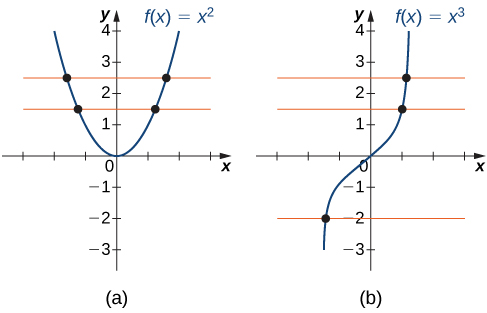
For each of the following functions, use the horizontal line test to determine whether it is one-to-one.
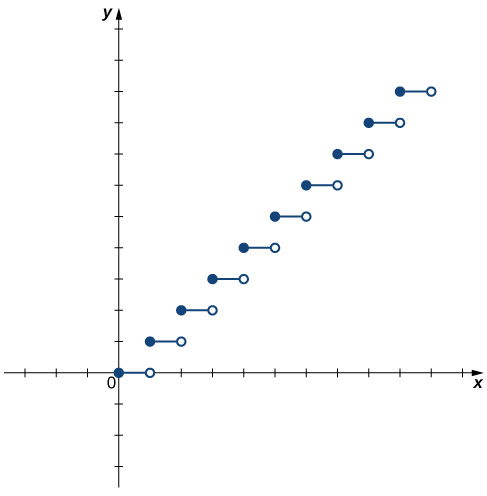
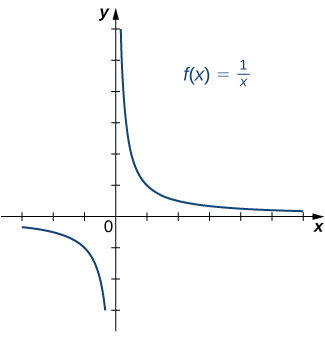
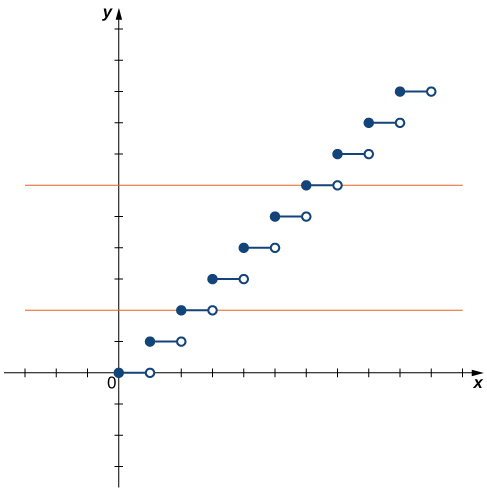
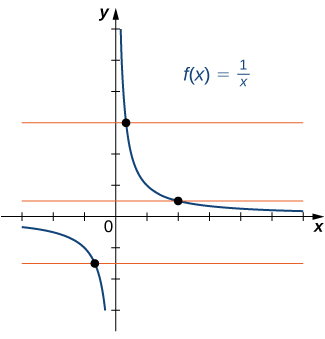
Is the function graphed in the following image one-to-one?
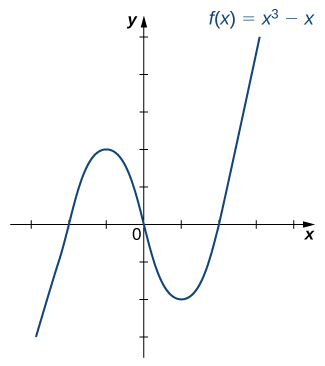
No.
We can now consider one-to-one functions and show how to find their inverses. Recall that a function maps elements in the domain of to elements in the range of The inverse function maps each element from the range of back to its corresponding element from the domain of Therefore, to find the inverse function of a one-to-one function given any in the range of we need to determine which in the domain of satisfies Since is one-to-one, there is exactly one such value We can find that value by solving the equation for Doing so, we are able to write as a function of where the domain of this function is the range of and the range of this new function is the domain of Consequently, this function is the inverse of and we write Since we typically use the variable to denote the independent variable and to denote the dependent variable, we often interchange the roles of and and write Representing the inverse function in this way is also helpful later when we graph a function and its inverse on the same axes.
Find the inverse for the function State the domain and range of the inverse function. Verify that
Follow the steps outlined in the strategy.
Step 1. If then and
Step 2. Rewrite as and let
Therefore,
Since the domain of is the range of is Since the range of is the domain of is
You can verify that by writing
Note that for to be the inverse of both and for all x in the domain of the inside function.
Find the inverse of the function State the domain and range of the inverse function.
The domain of is The range of is
Let’s consider the relationship between the graph of a function and the graph of its inverse. Consider the graph of shown in [link] and a point on the graph. Since then Therefore, when we graph the point is on the graph. As a result, the graph of is a reflection of the graph of about the line

Notification Switch
Would you like to follow the 'Calculus volume 1' conversation and receive update notifications?